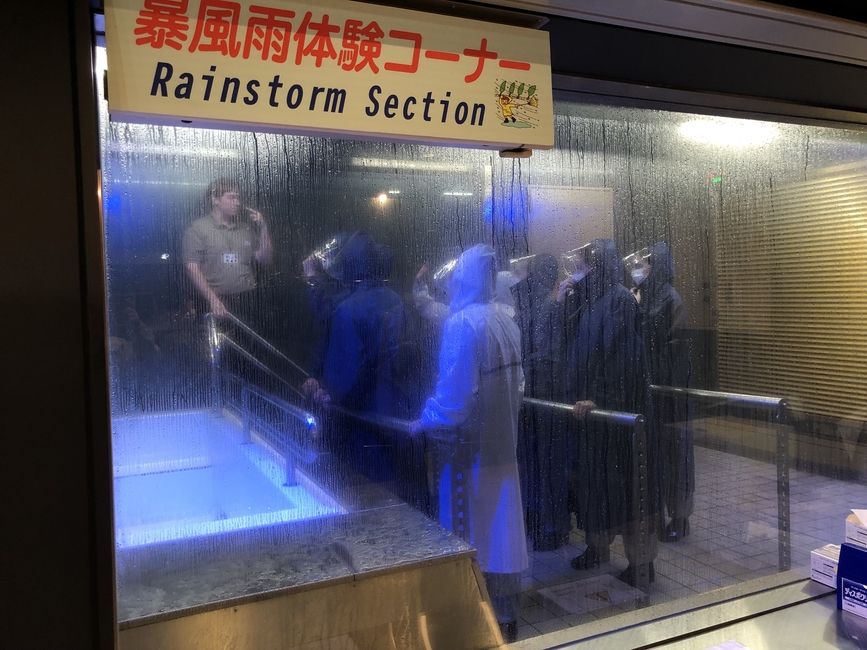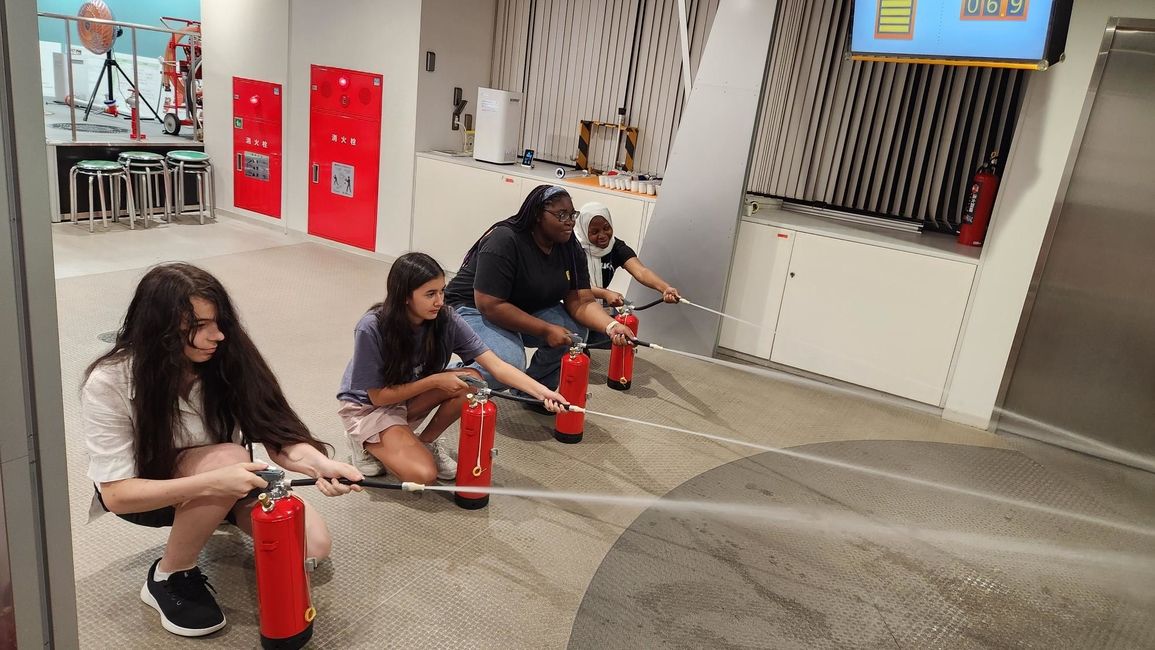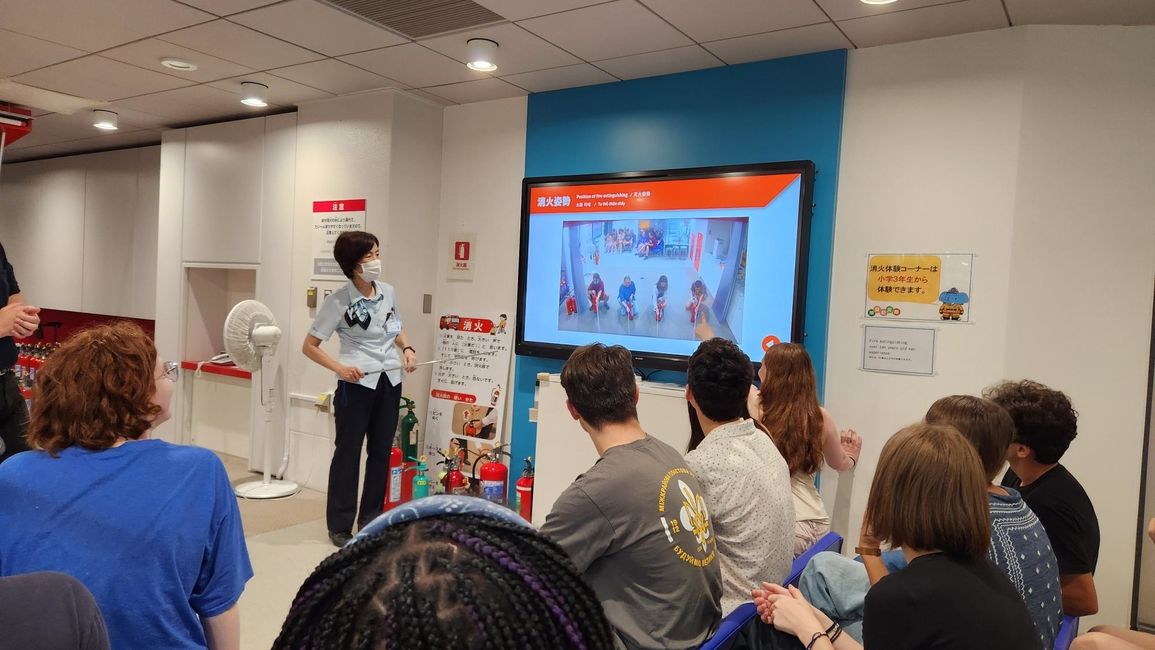Learning Safety Skills Outside the Classroom
During this week's visit to the Life Safety Learning Center Ikebukuro and Honjo Life Safety Learning Center, the students learned how to navigate emergency situations that are common in Japan but is also helpful to know back home, just in case those same emergency situations ever happened back home! The students for the language and culture program learn more than simply the language, they learn tips on how to handle natural disasters that affect Japanese people.
The students learned about various natural disasters that affect Japan such as earthquakes, typhoons, hurricanes, tsunamis and fires. They viewed a video about the historical 1923 Great Kanto Earthquake that struck Japan, which was one of the worst natural disasters the country experienced with the aftershocks of the earthquake causing firestorms, tsunamis, and landslides.
At the Ikebukuro location, after learning about those earthquakes, students got the chance to experience being in an earthquake simulator. The instructor taught them what to do in an earthquake and learned safety guidelines on what to do if an earthquake ever struck while they were here in Tokyo. One important earthquake safety tip is to get under a table and making sure to hold on to the table legs so the table doesn’t move around too much.
The first lesson the students learned: When you see a fire, first thing you should do is shout 火事だ!(“There’s a fire” in Japanese.) The students also learned tips on how to escape a building on fire and what to do if they were ever in that situation. Students navigated escaping from a room with artificial smoke to simulate being caught in a fire so they could be prepared just in case. They also learned how to use a fire extinguisher and accomplished putting out simulated fires using one.
At the Honjo location, some students also experienced being in a heavy rainfall simulation and learned how to stay safe during flooding and best practices for being caught in rain. One important tip regarding flooding is to be careful around pools of water and to watch out for live wires or outlets submerged in water.
From learning how to use a fire extinguisher to knowing what to do in an earthquake or typhoon, students learned invaluable survival skills that they can use long after they complete the course.
Related Posts

How I Made $2,000 Referring Other Students on Summer Abroad Programs
Read this blog from one of our past Global Ambassadors and find out how she was able to earn rewards with CIEE and encourage other students to study abroad!
Host Family Weekend
On the final weekend in Japan, students spent time with their host family. This weekend, host families prepared activities for students. Some students learned how to make Japanese food from... keep reading
Discovering Aizome- Japanese Indigo Dyeing
Tokyo Language and Culture students experienced a lesson in traditional Japanese indigo dyeing at Some no Sato, a dyeing shop that was established over 100 years ago in Ochiai, Shinjuku... keep reading


